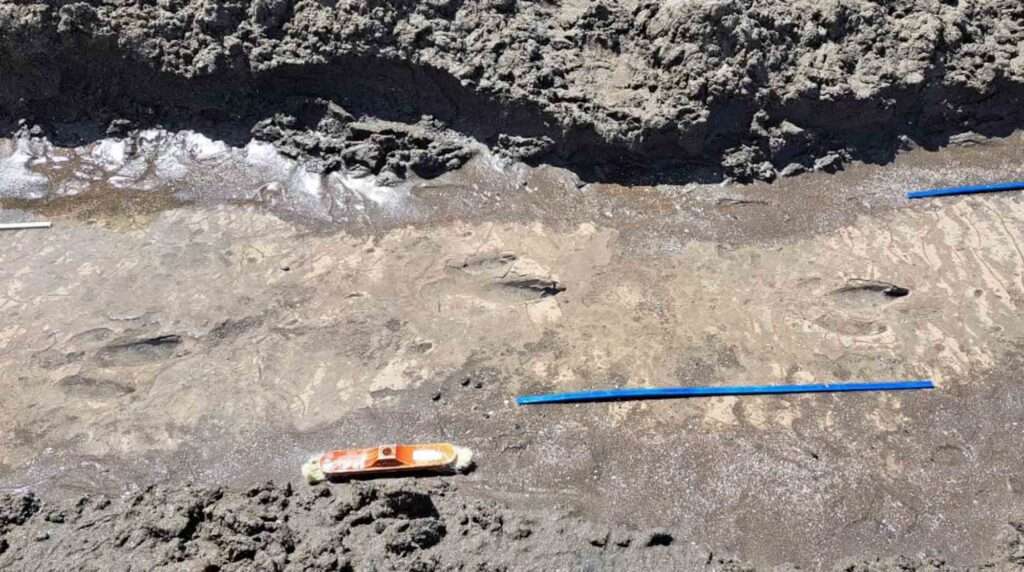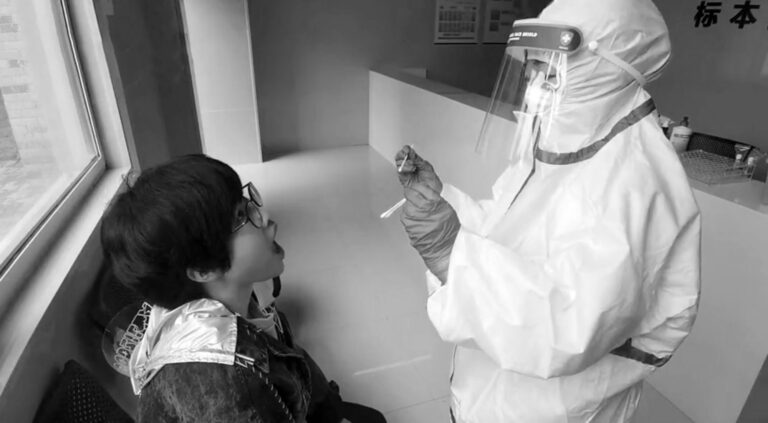Archaeologists in Argentina have uncovered a stunning fossil footprint of a giant bird that roamed the Atlantic coast about eight million years ago.
The ancient bird, known as ‘Rionegrina pozosaladensis’, measured nearly 40 centimetres (15.7 inches) and weighed about 55 kilogrammes (121 lbs), the scientists said.
Dr Ricardo Melchor from the National University of La Pampa, Argentina, added that the creature was found by rangers during their usual tasks in the Punta Bermeja Natural Protected Area, in the Rio Negro province.
Melchor explained that the area where the prints were discovered used to be a desert environment with dunes and lakes and extensive fauna that was concentrated during the Miocene.

The bird’s prints were reportedly found in the coastal mud of one of the ancient lakes.
Explaining that the discovery of the fossil footprint provides a fascinating glimpse into prehistoric wildlife, Melchor said that the bird was bipedal and walked on two toes.
Its footprints were found to be significantly different from any other known fossil footprint in the world, and were most similar to the ones of carnivorous dinosaurs from the Early Cretaceous period, Melchor added.
The researchers suggested that the bird was a runner, possessing strong physical adaptations for speed.
The research was published in the peer-reviewed journal ‘Scientific Reports’ on Saturday, 30th September.


To find out more about the author, editor or agency that supplied this story – please click below.
Story By: Georgina Jadikovska, Sub-Editor: Joseph Golder, Agency: Newsflash
The Ananova page is created by and dedicated to professional, independent freelance journalists. It is a place for us to showcase our work. When our news is sold to our media partners, we will include the link here.




